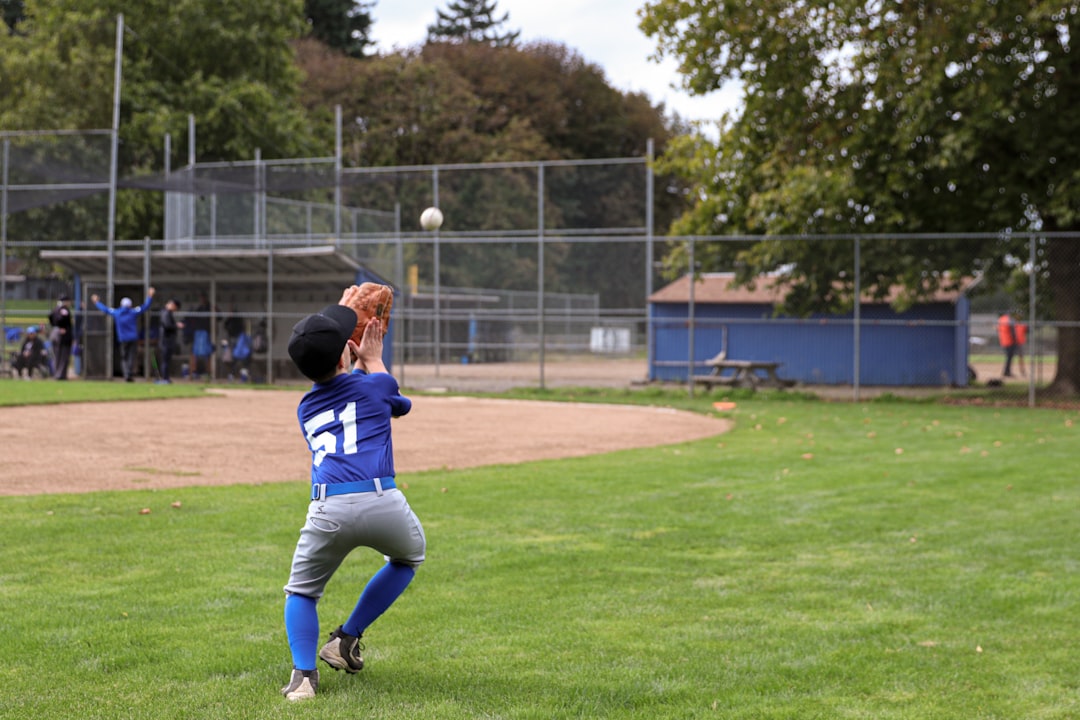College softball is fast-paced, full of strategy, and often overlooked in favor of its higher-profile cousin, baseball. Yet, for fans and players alike, it’s a thrilling game that sits at the heart of university athletics in the United States. Whether you’re a new fan or just curious, one of the most frequently asked questions is: how long does a college softball game last, and specifically, how many innings are played?
TL;DR
College softball games consist of 7 innings, unlike Major League Baseball’s 9 innings. These 7 innings make for quicker matchups filled with action and strategic play. Games can go into extra innings if tied after the seventh. The combination of a shorter format and high-speed gameplay makes college softball uniquely exciting to watch or play.
Standard Length of a College Softball Game
The standard number of innings in a college softball game is seven (7). Each inning is divided into two halves:
- Top half – The visiting team bats.
- Bottom half – The home team bats.
This structure is similar to baseball, but the total is two innings fewer than Major League Baseball’s typical nine-inning games. This shorter structure has both strategic and practical implications, especially considering the fast-paced style of softball.
Why 7 Innings?
Softball has always been structured around the number seven. This shorter format originated primarily from the game’s history as a faster-paced sport. Fewer innings create a more intense and compressed competition where every pitch counts. Also, because softball games are typically played in tournaments with multiple games in a single day, 7 innings make scheduling more manageable.
Interestingly, this also adds an element of pressure not always present in longer games. For example, spotting an opponent three runs in the early innings could significantly shift the game’s momentum since there’s less time to recover.
Extra Innings: What Happens in a Tie?
College softball games don’t always end after seven innings. If the score is tied at the end of the seventh inning, the game goes into what’s known as extra innings. These innings continue one by one until a team emerges with a lead at the end of an inning.
To speed up resolutions, especially in tournaments, many games employ the international tie-breaker rule: at the start of each extra inning, a runner is automatically placed on second base. This increases the chance of scoring and accelerates game conclusions.
Mercy Rule: Ending Games Early
Another unique aspect of college softball is the mercy rule, also known as the run-rule. If one team has a lead of 8 runs or more after five innings, the game is ended early. This keeps players from enduring lopsided contests unnecessarily and allows tournament play to remain on schedule.
The mercy rule applies in both regular season and postseason games. It’s an effective way to maintain both competitiveness and consideration for player welfare in a demanding tournament setting.
Time Duration of Games
While the innings measure a game’s length in structure, the actual duration of a typical college softball game is usually around 1.5 to 2 hours. That’s considerably shorter than baseball, which can easily last over 3 hours. Several factors contribute to this quicker pace:
- Smaller field dimensions
- Less time between pitches
- Faster pitching styles
- No lead-offs and limited base-stealing opportunities
This quick tempo makes college softball especially attractive for younger audiences and those looking for a fast-moving, exciting sporting event.
Differences from Baseball
While college softball and baseball follow similar layouts in terms of innings and general rules, there are several distinctions that highlight the uniqueness of the softball format:
- Innings: Softball has 7; baseball has 9.
- Pitching style: Underhand in softball vs. overhand in baseball.
- Field size: Smaller in softball, leading to quicker plays.
- Ball size: Larger in softball (about 12 inches circumference) vs baseball (about 9 inches).
- Equipment and game speed: Different bat types and faster pacing in softball.
All these differences increase the importance of every inning in softball, especially with fewer opportunities to mount a comeback after falling behind.

Softball Tournament Formats and How Innings Play a Role
In NCAA Division I softball, the Women’s College World Series (WCWS) is one of the most prestigious tournaments. With many games played over a compact schedule, the 7-inning format is a crucial logistical asset. It ensures that games aren’t overly long, keeping tournament play fair and exciting.
Here’s how innings affect strategy during tournament play:
- Pitching rotations are planned carefully due to the fewer innings.
- Early scoring is prioritized, as there’s less time to play “catch up.”
- Fielding mishaps, which would be recoverable in a longer game, are more costly in a 7-inning setup.
In these high-stakes matches, teams can’t afford to “save” a strategy for late innings — because the late innings arrive quickly.
How Youth and Amateur Levels Compare
Interestingly, the 7-inning standard isn’t exclusive to college-level play. Most high school softball games also use a seven-inning format. In fact, even younger amateur leagues often adopt a similar format, sometimes playing 6 or 7 innings depending on local rules and time constraints.
This uniformity allows players to transition smoothly from youth to collegiate levels without having to adjust to a new game length format — a small but important factor in player development and coaching strategy.

Memorable Extra-Inning College Softball Games
Though 7 innings are the standard, the extra innings have brought us some of the most legendary moments in college softball history. One memorable instance was the 2009 WCWS game between the University of Florida and the University of Alabama, which extended to 13 innings and lasted over three hours. These extra-innings thrillers test not just the players’ physical endurance but also their mental resilience.
These epic games often become highlights in NCAA history, with fans remembering where they were when they witnessed a team push beyond the regular innings to claim a dramatic victory.
Conclusion
So, how many innings are in college softball? The straightforward answer is: seven. But within those seven innings lie fierce rivalries, dramatic comebacks, tactical plays, and unforgettable moments. The shorter format compared to baseball doesn’t diminish intensity — it amplifies it. It’s a game of urgency, skill, and strategy woven into a compact, exciting package.
Whether you’re watching a weekend doubleheader or tuning in for the Women’s College World Series, you now have a solid understanding of how long a game lasts and why that matters so much within the sport.